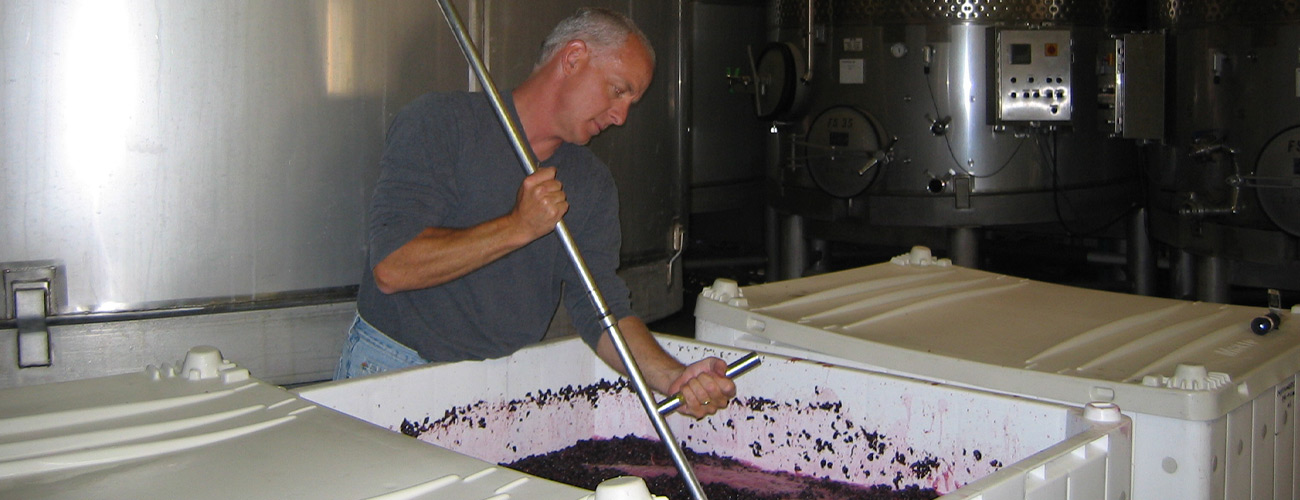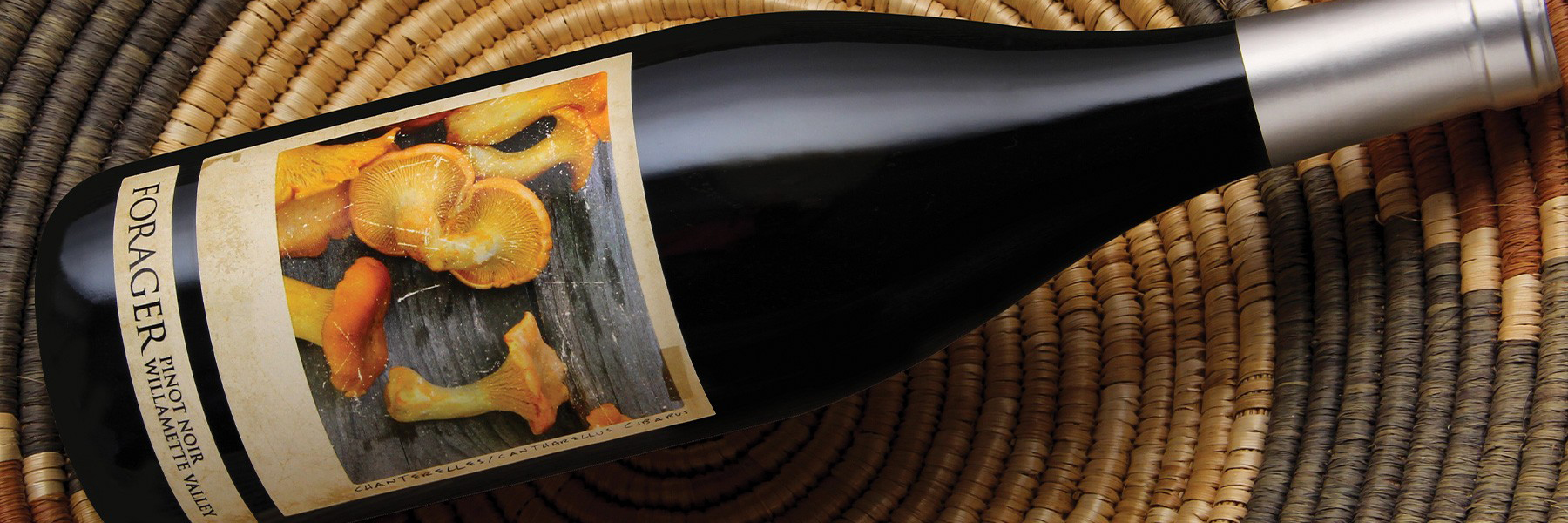Willamette Valley, Oregon
FORAGER
I find more savory, earthy notes to my Forager “Willamette Valley” Pinot when compared to my Sonoma Coast Pinot Noir. It has a tighter “grip” and often benefits from a quick decanting if possible.

Willamette-style cardio workout
Willamette Valley History
Pioneer David Lett planted the first vitis vinifera vines in the volcanic red Jory soils in 1966. At the time, Oregon was an unknown region but he took a gamble on Pinot Noir, and was spot-on correct. Still, by the 1970’s, the region only had 35 acres of vines and 5 wineries. Today there are about 700 and the Willamette Valley AVA has about 24,000 planted acres, about one third the size of Sonoma.
Soils
Millions of years ago, volcanic fissures blanketed the region with lava, now basalt, which is now exposed on Willamette Valleys hillsides. The Willamette's signature soil is Jory, the basalt-based volcanic soil that is high in clay content and iron and reddish in color and nutrient rich.
Another prominent soil is the mustard-tinted Willakenzie soil, the best-known sedimentary soil in the Willamette Valley. Willakenzie soil is composed of the marine sediment of a former seafloor.
The third most recognized soil is Loess and is the shallowest of our three main soil types. It tends to be fertile, but it drains well and erodes easily. The youngest of the three main soil types, loess is composed of silt, left by the retreat of Ice Age glaciers, that was blown onto the valley's hillsides millions of years ago.
From this mosaic of soils one can see the potential for terroir-based Pinot Noir production.
Climate
At 45 degrees latitude, the Willamette Valley is at equal latitude with Burgundy’s Cote d’Or. The Willamette Valley is relatively mild throughout the year, with cool, wet winters and warm, generally dry summers. As one of the coolest winegrowing regions in North America it has long daylight hours during the growing season and a significant diurnal temperature swing that allows grapes to develop terrific flavor and complexity while retaining their natural acidity. It is a temperate climate, combined with coastal marine influences and consistent rainfall, make the gentle growing conditions within the Valley ideal for cool climate grapes, specially Pinot Noir.
I feel the Willamette Valley is an ideal locale to make small lots of earthy, “crunchy” Pinot Noir. Influences from the nearby cold Pacific Ocean shape its weather, and myriad rolling hills and valleys provide an amazing template for terroir-based winemaking. Framed more by fog and rain than the Sonoma Coast, it is truly a mosaic of vineyards nestled in sleepy valleys and winding roads.
